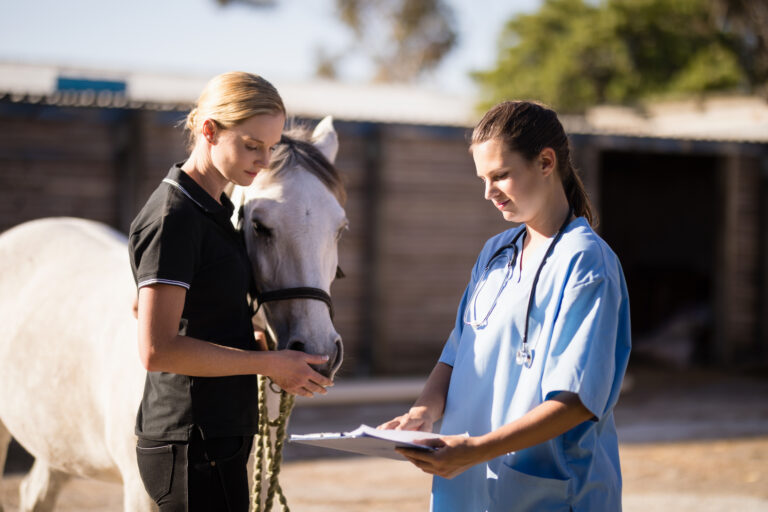
In mares that have difficulty clearing bacterial infection and inflammatory products from the uterus, ongoing inflammation perpetuates this cycle through continued activation of the innate immune system [Ferris, R. Biofilm and latent bacteria in equine uterus. Clinical Theriogenology 2022, 14:229]. Bacterial biofilms adhere to the uterine surface to establish chronic infection that is difficult to penetrate with antimicrobial agents, making it up to 1,000 times more resistant to antibiotic treatment compared to free-living bacteria.
In the horse, the majority of bacterial isolates with biofilms include Streptococcus equi subsp. zooepidemicus; Pseudomonas aeruginosa; E. coli; and Klebsiella pneumonia. Adherent biofilm tends to localize between the tissue folds and the uterine horns. Bacteria are in greatest concentrations deep in the endometrial glands rather than the luminal surface. The authors suggest that the goal is to remove biofilm material and kill resident bacteria within the biofilm.
Some mares maintain a population of dormant S. equi subsp. zooepidemicus deep within their uterine glands. Activation of these bacteria post-breeding could result in inflammation and pregnancy loss. The goal is to stimulate the bacteria to transition from a dormant state to a metabolically active state. In a study with 25 mares, infusion with one product—bActivate—resulted in 8% S. equi positivity in the treated compared to 64% in the untreated mares infused with saline. bActivate is a growth medium specifically formulated to reactivate dormant Strep uterine infections. Breeding is known to reactivate dormant bacteria, as well; 55% of mares that were negative on culture pre-breeding then were positive for S. equi post-breeding. This may contribute to post-breeding fluid in the uterus.
Previous data indicate that antibiotics and non-antibiotic agents have greater efficacy against biofilms if treated concurrently in the same syringe. The combined agents must be compatible to maximize antibiotic activity. Antibiotic sensitivity testing is advised. It is recommended to infuse the uterus every 24 hours for three consecutive days. Examples of non-antibiotic agents include 30% DMSO, 1% hydrogen peroxide and tris EDTA. Antibiotics used to manage biofilms include ceftiofur, amikacin or ciprofloxacin. Sodium bicarb is added to the treatment when using amikacin.








